What's New
Displaying results 71 - 80 of 4924

Resource | Fact Sheets,
Asia Pacific Tuberculosis profile fact sheet: India show estimated proportion of TB cases with MDR/RR-TB 2022, TB treatment coverage, TB case notification 2022, TB/HIV care in new and relapse TB patients 2022, TB preventive treatment 2022 and Incidence, New and relapse TB cases notified, HIV-positive TB incidence.
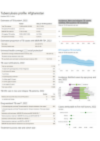
Resource | Fact Sheets,
Asia Pacific Tuberculosis profile fact sheet: Fiji show estimated proportion of TB cases with MDR/RR-TB 2022, TB treatment coverage, TB case notification 2022, TB/HIV care in new and relapse TB patients 2022, TB preventive treatment 2022 and Incidence, New and relapse TB cases notified, HIV-positive TB incidence.

Resource | Fact Sheets,
Asia Pacific Tuberculosis profile fact sheet: DPR Korea show Estimated proportion of TB cases with MDR/RR-TB 2022, TB treatment coverage, TB case notification 2022, TB/HIV care in new and relapse TB patients 2022, TB preventive treatment 2022 and Incidence, New and relapse TB cases notified, HIV-positive TB incidence.

Resource | Fact Sheets,
Asia Pacific Tuberculosis profile fact sheet: China show Estimated proportion of TB cases with MDR/RR-TB 2022, TB treatment coverage, TB case notification 2022, TB/HIV care in new and relapse TB patients 2022, TB preventive treatment 2022 and Incidence, New and relapse TB cases notified, HIV-positive TB incidence.
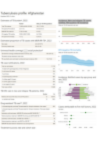
Resource | Fact Sheets,
Asia Pacific Tuberculosis profile fact sheet: Cambodia show estimated proportion of TB cases with MDR/RR-TB 2022, TB treatment coverage, TB case notification 2022, TB/HIV care in new and relapse TB patients 2022, TB preventive treatment 2022 and Incidence, New and relapse TB cases notified, HIV-positive TB incidence.

Resource | Fact Sheets,
Asia Pacific Tuberculosis profile fact sheet: Brunei Darussalam show estimated proportion of TB cases with MDR/RR-TB 2022, TB treatment coverage, TB case notification 2022, TB/HIV care in new and relapse TB patients 2022, TB preventive treatment 2022 and Incidence, New and relapse TB cases notified, HIV-positive TB incidence.
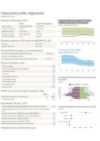
Resource | Fact Sheets,
Asia Pacific Tuberculosis profile fact sheet: Bhutan show Estimated proportion of TB cases with MDR/RR-TB 2022, TB treatment coverage, TB case notification 2022, TB/HIV care in new and relapse TB patients 2022, TB preventive treatment 2022 and Incidence, New and relapse TB cases notified, HIV-positive TB incidence.
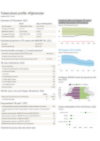
Resource | Fact Sheets,
Asia Pacific Tuberculosis profile fact sheet: Bangladesh show Estimated proportion of TB cases with MDR/RR-TB 2022, TB treatment coverage, TB case notification 2022, TB/HIV care in new and relapse TB patients 2022, TB preventive treatment 2022 and Incidence, New and relapse TB cases notified, HIV-positive TB incidence.
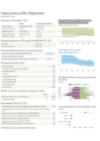
Resource | Fact Sheets,
Asia Pacific Tuberculosis profile fact sheet: Afghanistan show Estimated proportion of TB cases with MDR/RR-TB 2022, TB treatment coverage, TB case notification 2022, TB/HIV care in new and relapse TB patients 2022, TB preventive treatment 2022 and Incidence, New and relapse TB cases notified, HIV-positive TB incidence.
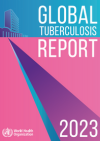
Resource | Publications,
Tuberculosis (TB) is a preventable and usually curable disease. Yet in 2022, TB was the world’s second leading cause of death from a single infectious agent, after coronavirus disease (COVID-19), and caused almost twice as many deaths as HIV/AIDS. More than 10 million people continue to fall ill with TB every year. Urgent action is required to end the global TB epidemic by 2030, a goal that has been adopted by all Member States of the United Nations (UN) and the World Health Organization (WHO).





